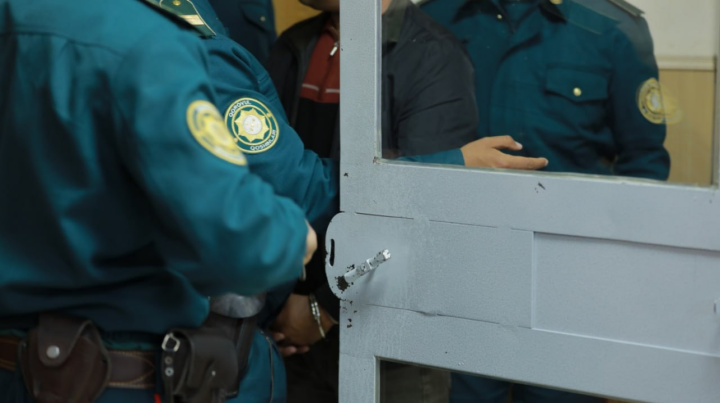Uzbekistan’s pharmaceutical spending tops 15.5 trillion UZS in nine months
In 2024, most sales receipts from online cash registers in Uzbekistan were for food and pharmaceuticals, with pharmaceutical expenses alone surpassing 15.5 trillion UZS (approximately $1.2 billion). Of this, 78% of the medicines purchased were imported, according to data revealed during a data management conference held on October 30 in Tashkent.

Photo: KUN.UZ
At the conference, the Tax Committee provided insights into its data collection efforts via the automated online cash register system, which tracks sales volume across various product categories.
By October 2024, over 2.1 billion sales receipts were recorded, generating revenue exceeding 251 trillion UZS (about $19.7 billion). The top categories by receipt count were food (652,000 receipts), transportation services (230,000), and pharmaceuticals (199,000).
A breakdown of spending shows that Uzbeks primarily allocate funds to food and non-alcoholic beverages, with pharmaceuticals coming in as the second-largest expenditure category. Following these essentials, citizens also spend significantly on methane gas at gas-filling stations (CNG).
The data shows that Uzbeks spent a staggering 15.5 trillion UZS (roughly $1.2 billion) on medicines over the first ten months of 2024. Only 22% of the pharmaceuticals sold were produced domestically, amounting to 3.3 trillion UZS, while the remaining 78% were imported, totaling 12.2 trillion UZS.
On average, each Uzbek citizen spent about 421,000 UZS on medicine so far in 2024. Tashkent, however, stands out with the highest per capita spending on pharmaceuticals, reaching an average of 1.39 million UZS per person. This figure reflects the concentration of major hospitals in the capital, drawing patients from across the country for treatment.
High per capita spending on pharmaceuticals is also observed in Bukhara and Samarkand regions, where averages exceed 500,000 UZS per person. Other regions show more moderate spending, ranging from 200,000 to 380,000 UZS per capita. In seven regions, per capita spending on medicine exceeds the Base Calculation Units (BCU).
The data further reveals that the most purchased medications target cardiovascular, infectious, and neurological conditions, along with pain management drugs. Additionally, region-specific trends highlight prevalent medical needs, with certain types of medications in higher demand in specific areas.
Related News

14:04 / 21.11.2024
Consumer complaints mount against dietary supplement advertisements

14:55 / 20.11.2024
Competition Committee uncovers massive price violations in pharmacies across Uzbekistan

14:33 / 09.11.2024
Uzbekistan sees surge in international students choosing medical studies

14:21 / 06.11.2024



